Uncovering the secrets behind Rebel Moon: Part One – A Child of Fire
Production designers Stephen Swain and Stefan Dechant discuss bringing Zack Synder's world to life.
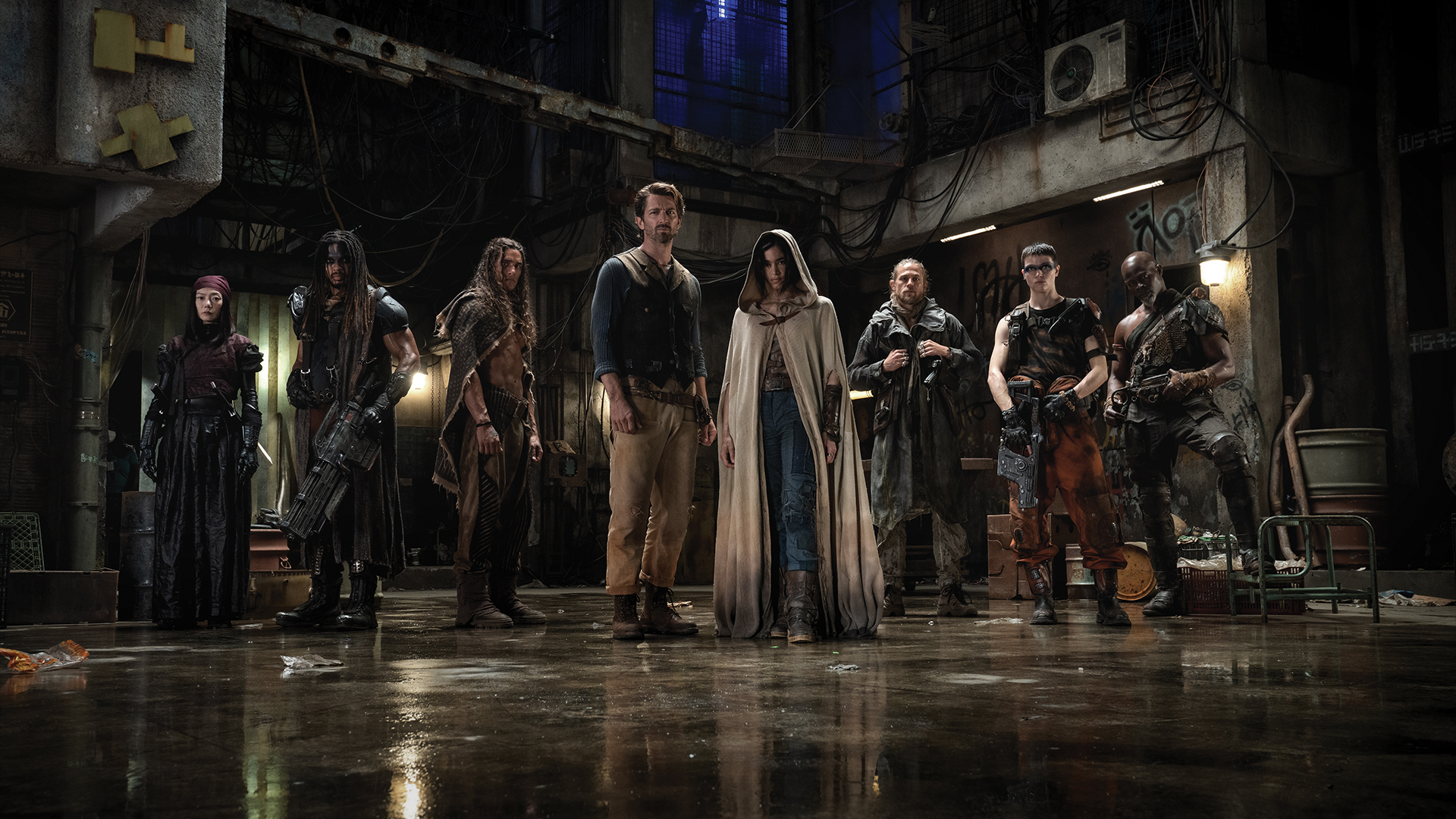
Whether it be superheroes fighting each other or their archenemies, travelling to ancient Sparta to recreate legendary military feats, entering the mind of a psychiatric patient, or a zombie outbreak, Zack Snyder has developed a distinct visual style that gets transported to outer space with the release of Rebel Moon: Part One – A Child of Fire.
Despite the obvious narrative callbacks to Seven Samurai and Star Wars, aesthetically Days of Heaven was a major influence along with the sheer imagination of Snyder, which had to be translated by production designers Stephen Swain and Stefan Dechant. (If you're looking to get to grips VFX then take a look at our tutorials for Cinema 4D, as well as our explainers for core CG platforms Houdini and Unreal Engine 5).
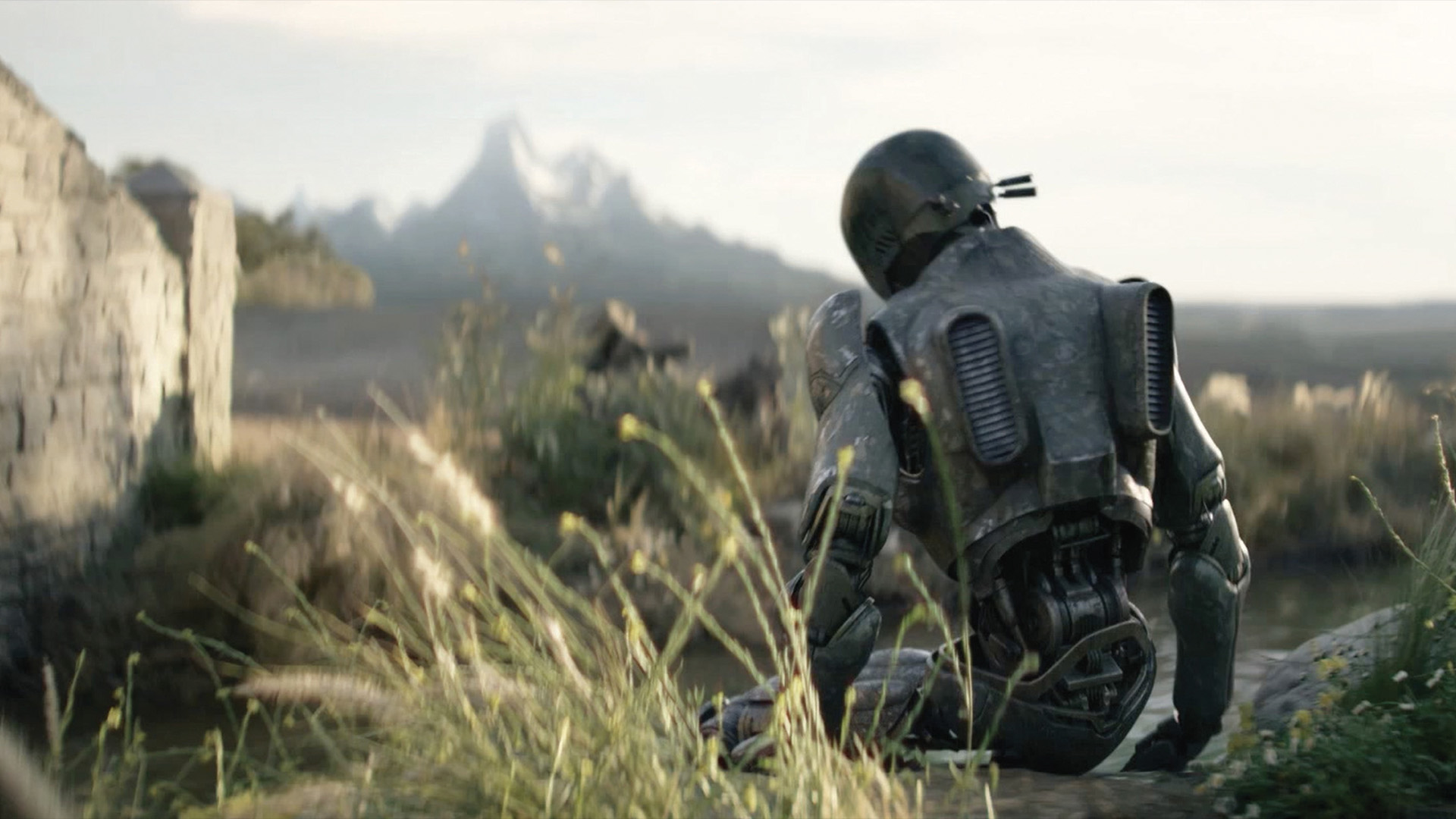
“There’s another designer no one is mentioning, and that’s Zack,” says Dechant. “Zack does all of the storyboards. It’s his world and he’s laying it out. I came in only 10 weeks out, so had to get my cues from Zack. He had a couple of key images that he had pulled for the Motherworld and would say, ‘It has this steampunk vibe and Gothic sensibility.’ He might even do a little sketch of a certain scene.”
Defining the shape and form language was the idea of harmony versus brutality, with the former representing the organic nature of the rebels and the latter the rigidness of the Imperium. “Sometimes you’re fortunate enough to be in sync with Zack,” states Dechant.
“Like the King’s Gaze [the dreadnought-class starship commanded by Admiral Atticus Noble]. I knew that it had a nautical feel and reminded me of Space Battleship Yamato. I drew a sketch of how I saw [communications officer] Conning Tower and this is where Noble comes in. I wanted to have a railing you could stand up against and look out at the bow of the ship. I’d come up with this idea that I was thinking was unique to myself and Zack had drawn something similar.”
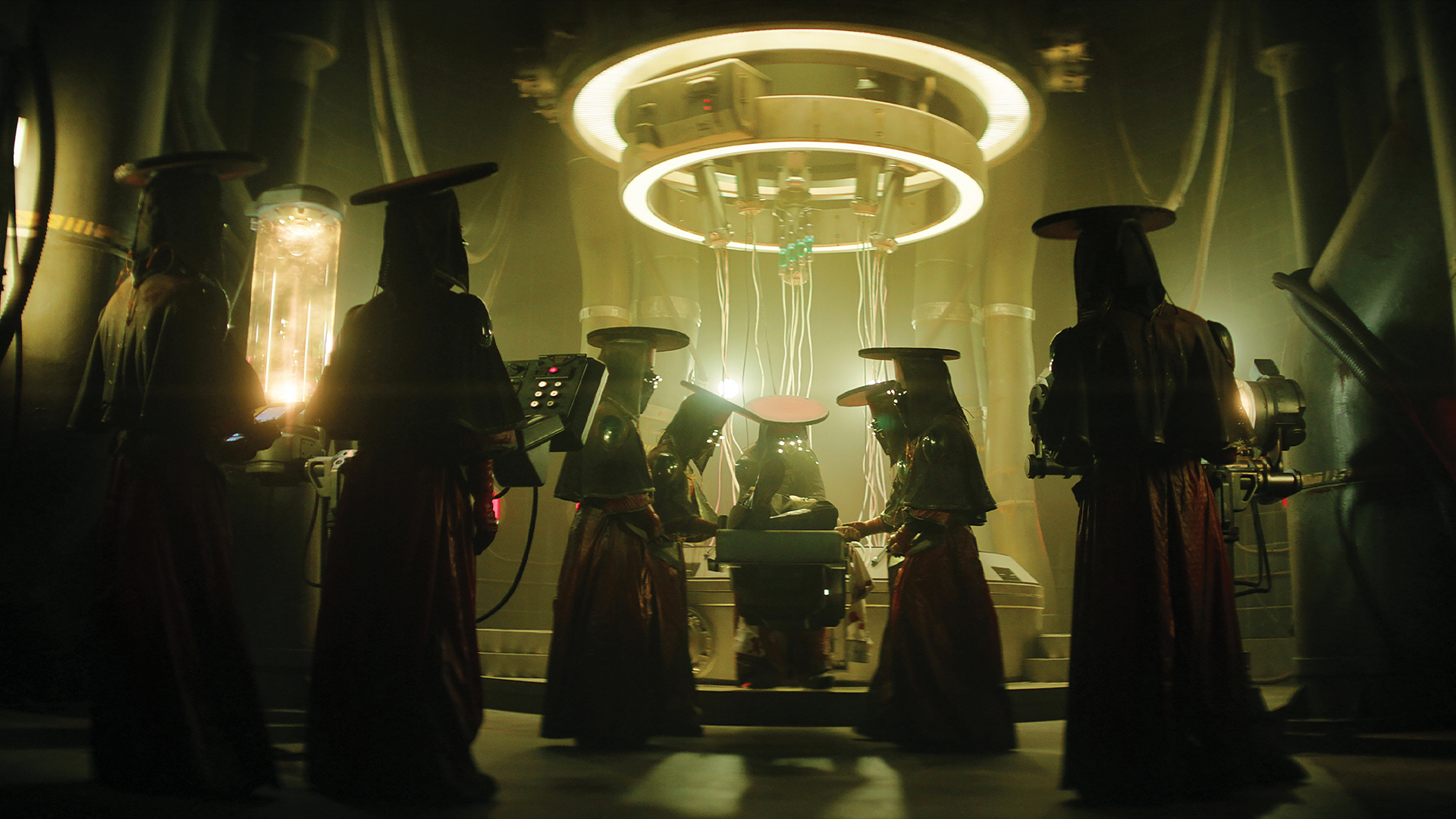
Not only was there a close partnership with Snyder, but also with the visual effects team led by Marcus Taormina. Dechant adds: “On every show I try to package all of the designs up at the end. I know that Zack and Marcus worked with concept artists. Let’s say that it’s the Veldt village, I’d sit down and go, ‘Where are all the matte paintings? Where are all the set extensions?
It’s nice to be able to move on to movie two… Now I can take the time to finesse the shots and figure out other worlds
Marcus Taormina
There’s a mountain range between these two buildings. I need to know what’s between here.’ I’d roughly sketch something to show Zack and we’d get illustrators on that to be able to turn a package over to Marcus and say, ‘This is how the world extends, signed off by Zack.’”
Daily design news, reviews, how-tos and more, as picked by the editors.
3D models were turned over for all the vehicles and spacecraft in the film. “Chris Glenn worked in 3D and we collaborated on the King’s Gaze,” remarks Dechant. “When we turned over to Marcus it was probably 75-85 per cent there. We had a 3D model. We turned over 3D models for all the vehicles and spacecraft because that was important. We also modelled [the planet] Gondival because we were in tight stages for that sequence and only had one platform built, so it was important for the actors and everyone to know that we’d moved from platform one to platform two to platform three, and that was all laid out.”
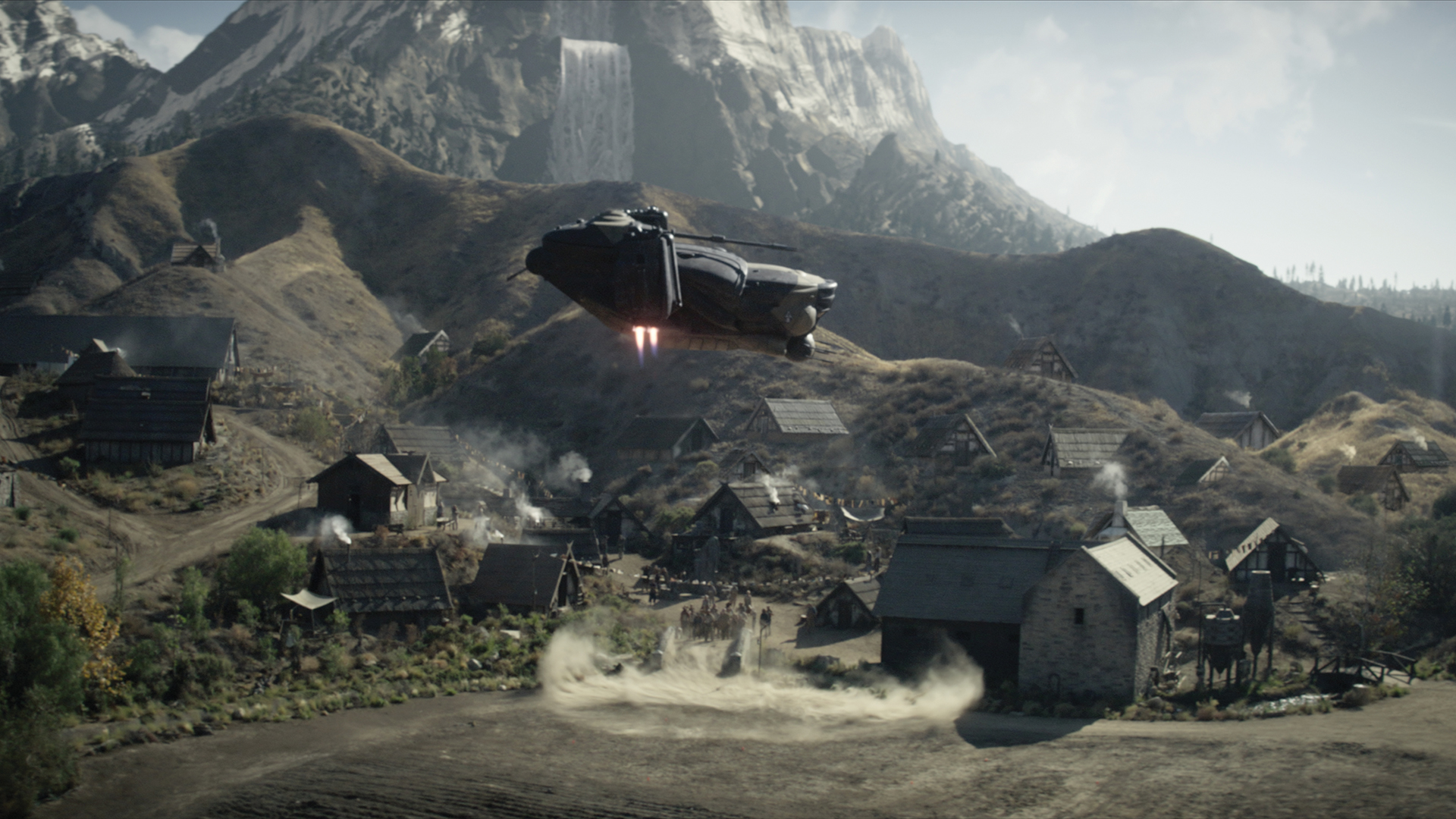
The priority was building sets in time for principal photography. “For Veldt, we built that whole community of 20 buildings going up the mountainside. When you looked out across the field, that was a giant greenscreen. Then we knew that there would be other mountains augmented.
“The original set design looked as though they were in Scotland and when I came on, Veldt moved to Southern California. Zack and I talked about working properly with visual effects. If I raised my hand and covered the top part of the frame where I didn’t see those fields and mountains, I could believe that was shot in Southern California. We needed to augment the environment to prevent it from feeling like that.”
Neu-Wodi was viewed as a planet that had craters. “We did some artwork of that, and Zack pulled out a Sharpie and started doing these spike-like elements,” says Dechant. “We added all that into the artwork. Those individual shots were Marcus working with Zack and developing the look. I can’t take credit for that. Marcus did a lot of heavy lifting.”

The appearance of Daggus was decided by the narrative and production design that had cables all over the lair of the humanoid spider Harmada. Visual effects supervisor Taormina recalls: “I said, ‘I know we’re not going to put them there because they’re going to be a problem for me, but give me all the cables and we’ll photograph and scan them, and make sure they get back in there'."
“For that one in particular, a lot of it was driven by the practical set and we wanted our digital world to respect that and meld the basement, as you will, to the elevator, to the establishing shot, making sure that it’s all cohesive throughout so that it doesn’t feel removed or as if you’re in a different world. We travel through a lot of worlds and want to make sure the audience are able to track it and sit in those worlds as long as we can for a two-hour cut.”
Dramatic cosmic skies are vital in setting the mood for scenes, such as the giant gas planet Mara, as seen from Veldt. “Zack allowed us to pepper those in at times and add a subtlety to it,” observes Taormina. “Sometimes it’s there to remind the audience, a little glimpse, other times it’s in your face. But we didn’t want to be in your face all the time and we didn’t want to be super subtle all of the time. We found the right balance”
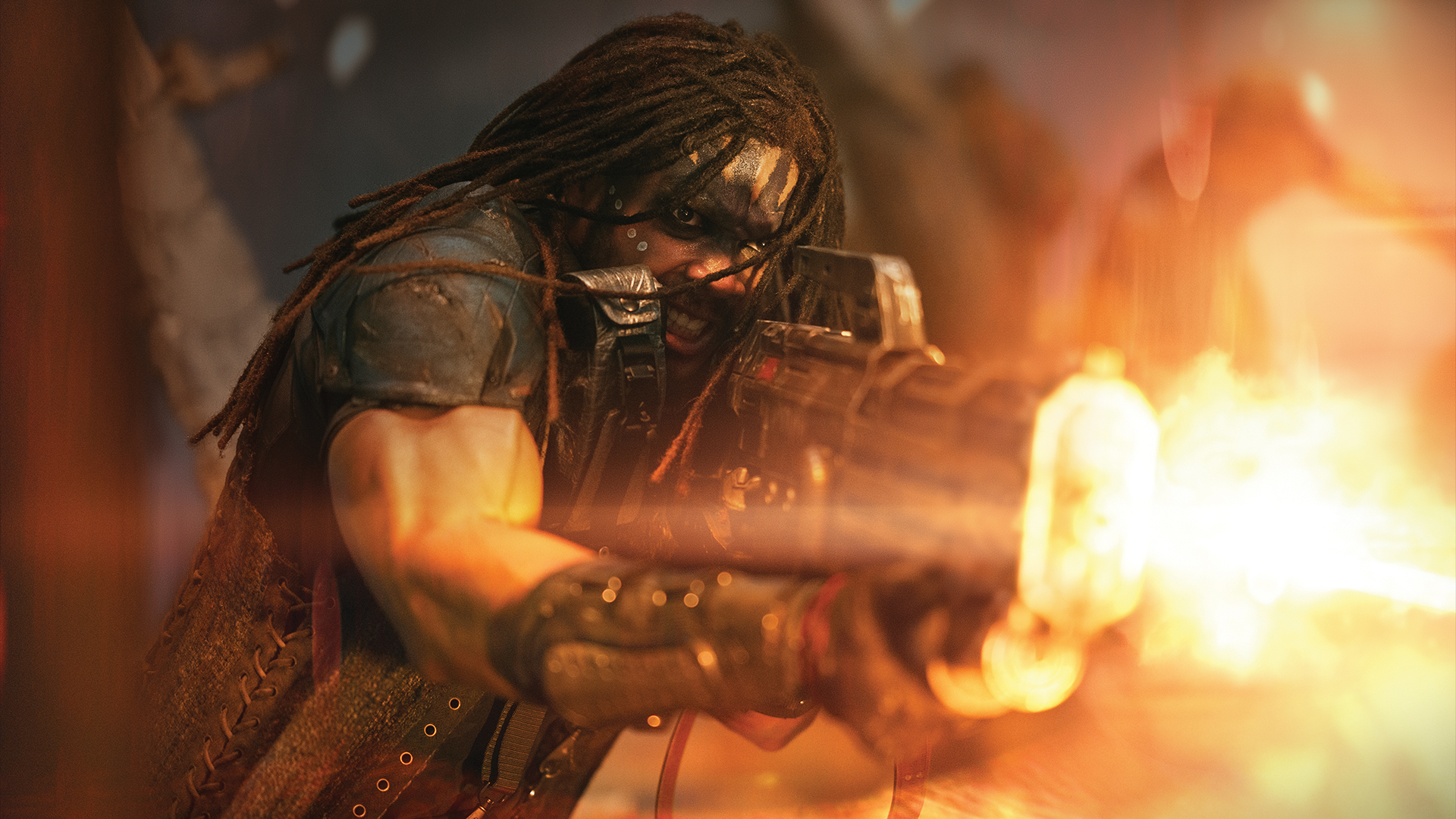
Having a clear iconography is important no matter the genre. “That’s the difficult part when you’re dealing with 15 worlds; the iconography starts to become more subtle because you can’t work with such bold strokes,” states Dechant. “For me, Veldt had a warmth to it and had a ton of iconography that we’re leaning into. You have the wheat fields, wooden structures, and Southern California landscape that you’re already building in, even though you’re augmenting.
“Zack always described the King’s Gaze as being an analogue Russian sub. But we also talked about it being like flying around the inside of a gun. It was never made to make people feel comfortable. You take what Zack and the visuals are giving you to figure out the iconography.”
For me, Veldt had a warmth to it and had a ton of iconography that we’re leaning into
Stefan Dechant
Among the creatures is a Bennu – a cross between a raven, crow and tiger – that’s being held in captivity on a ranch on Neu-Wodi. “We did a couple of early rough animation and motion tests, which I showed Zack to give him an idea of what he was interacting with and made sure we had a scale render,” explains Taormina. “When we got to planning the shoot, I asked Zack if we could do a parallelogram, on top of which there would be a big plate that we could have a creature performer stand on.
“Props [led by Brad Elliott] made a head that I gave to Albert Valladares, showed him the motion test, and talked him through every single take and setup. He had this big backpack too that had all those ropes tethered to the ranch hands. Albert would sway, and the ranch hands swayed too. Special effects swayed the rig as well. There was a lot of running back and forth. We got a chance to see it all the way through into post. It works quite well; the build-up, crescendo and release.” None of the flight portion had techvis or previs; it was strictly storyboards by Snyder. “That gave us the freedom to play around with it in post. That’s what’s great about Zack, he’ll let you go do it.”
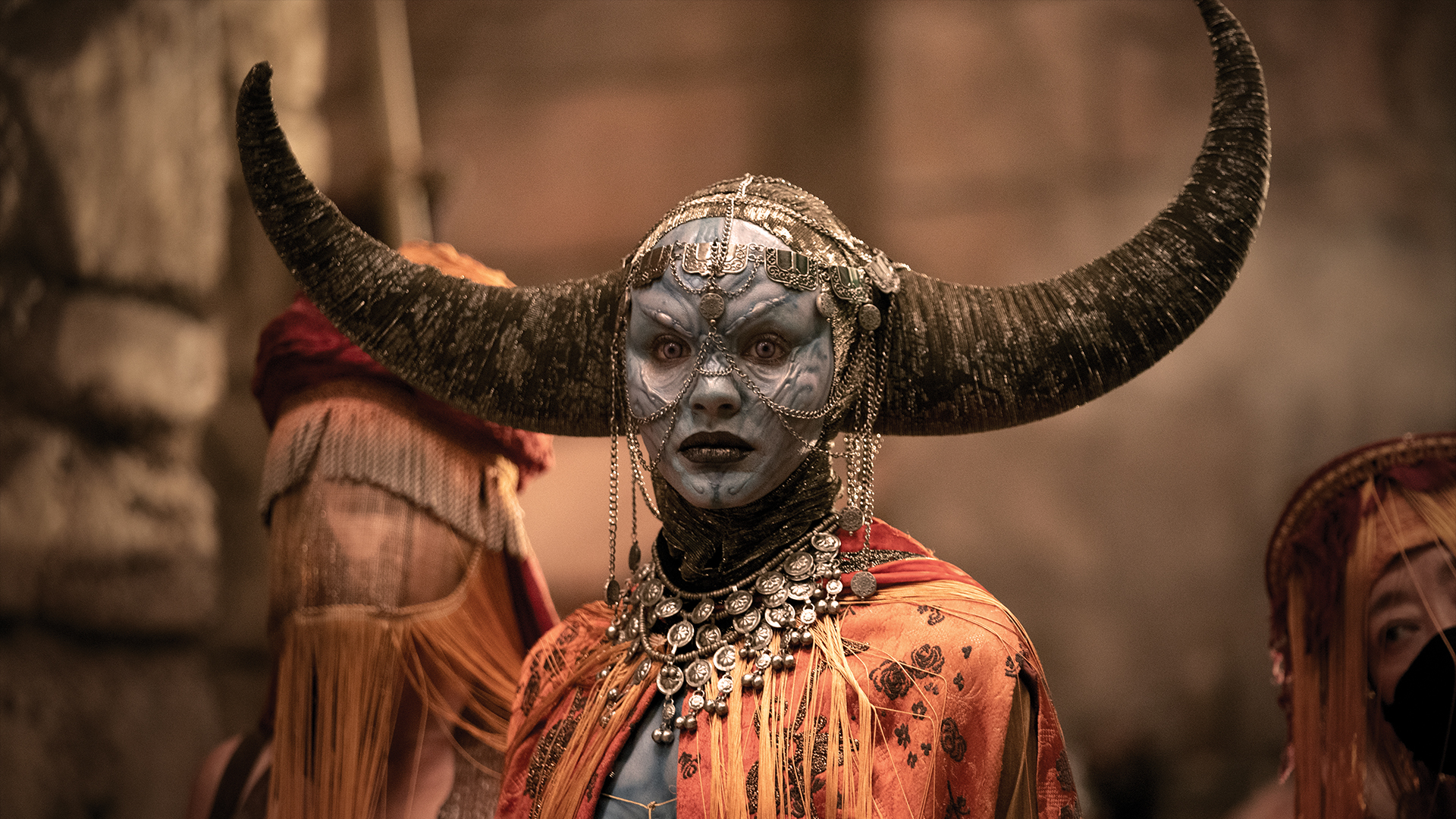
Extensive stuntvis was produced for the fight between Harmada and Nemesis. “Everybody came together in the moment,” states Taormina. “It was tricky because you have Doona Bae interacting with Jena Malone, who’s on this huge swivel rig. Originally we were talking about doing the whole thing digitally. I said to Zack, ‘The performances between them are so good we shouldn’t do that. Let’s see what we can come up with'."
“There are multiple rigs in there to be painted out. Technically it was a challenge all the way through post; very tricky shots, lots of paint and roto work. I applaud all of those artists who had to do a lot of that heavy lifting. Ultimately it felt seamless and we’re proud of that one. That was the one sequence that kept me up for a long time.”
It’s nice to be able to move on to movie two… Now I can take the time to finesse the shots and figure out other worlds
Marcus Taormina
In total, 1,380 visual effects shots were created by Framestore, Luma Pictures, Mammal Studios, Rodeo FX, Scanline VFX and Weta FX with work continuing on Rebel Moon – Part Two: The Scargiver. “It’s nice to be able to move on to movie two because creatively I don’t have to figure out what Veldt or Krypteian swords, or slag bullets and tracers look like,” says Taormina. “Now I can take the time to finesse the shots and figure out other worlds and things that need solving. It’s been a fun process.”
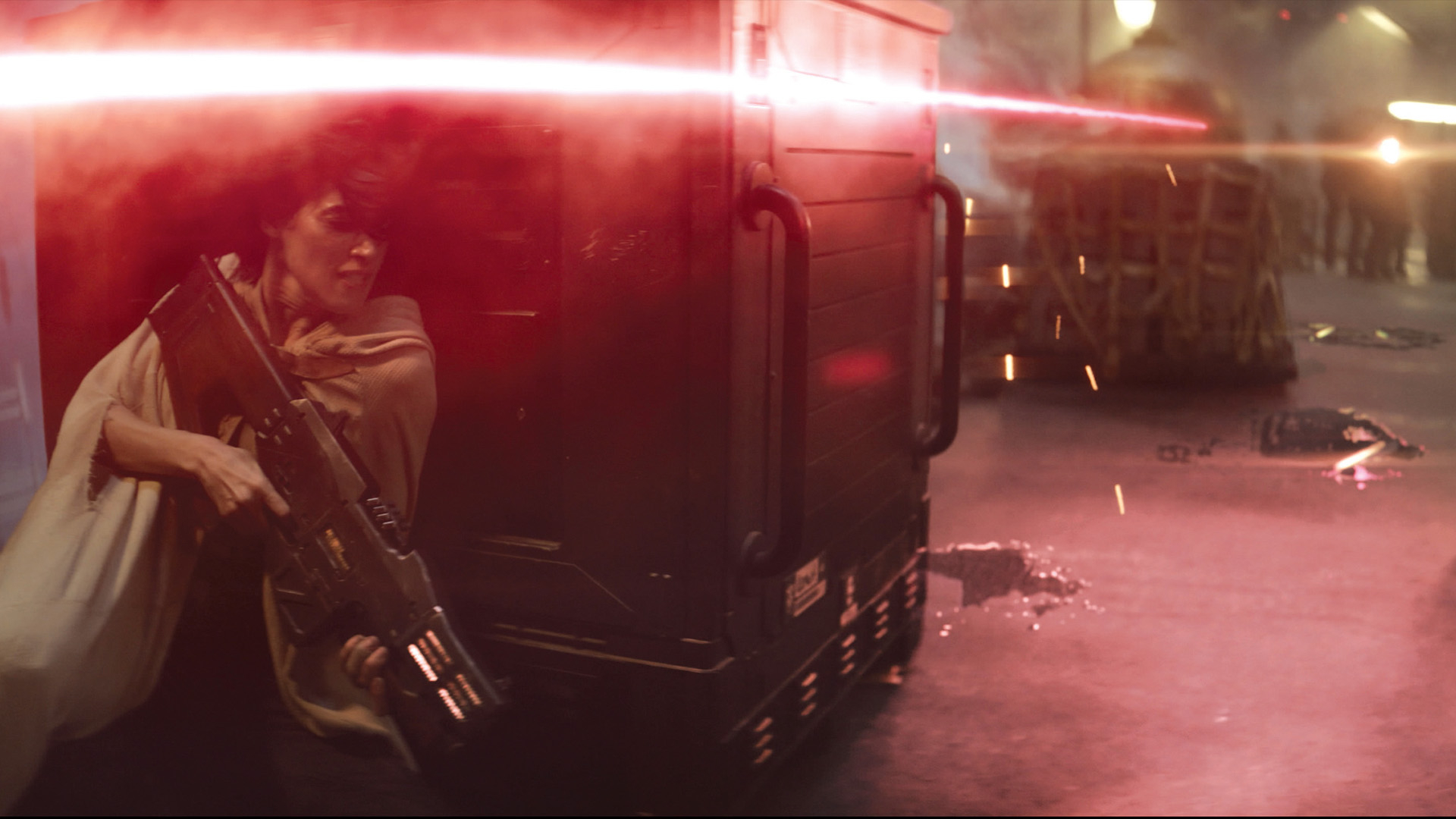
This interview originally appeared in 3D World magazine, the world's leading digital art, CG and VFX magazine. 3D World is on sale in the UK, Europe, United States, Canada, Australia and more. Limited numbers of 3D World print editions are available for delivery from our online store (the shipping costs are included in all prices).
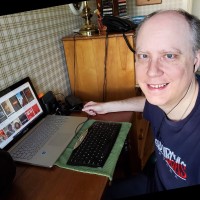
Trevor Hogg is a freelance video editor and journalist, who has written for a number of titles including 3D World, VFX Voice, Animation Magazine and British Cinematographer. An expert in visual effects, he regularly goes behind the scenes of the latest Hollywood blockbusters to reveal how they are put together.
